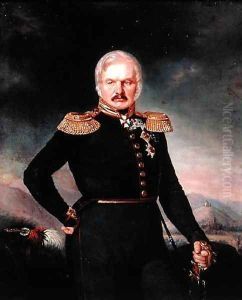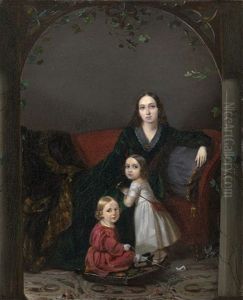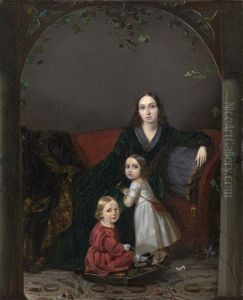Petr Zakharovich Zakharov-Chechenets Paintings
Petr Zakharovich Zakharov-Chechenets was a Russian painter and sculptor of Chechen origin, known for his significant contributions to Russian fine arts during the early 19th century. Born in 1816 in the village of Gliti, which was then part of the Russian Empire, Zakharov-Chechenets was of Chechen descent, hence the suffix 'Chechenets' in his name, which means 'Chechen' in Russian.
As a young boy, Zakharov-Chechenets was enslaved during the Caucasian War. His talent in art was noticed when he was just a child. The Russian general Yermolov saw the boy's drawings and, impressed by his natural talent, arranged for him to be sent to St. Petersburg. There, he was enrolled in the Imperial Academy of Arts in 1827, where he received formal training and revealed a remarkable aptitude for sculpture.
Zakharov-Chechenets's time at the Academy was productive and successful. He was awarded several medals for his work, including a gold medal for his bas-relief 'Joseph Interprets Pharaoh's Dream' in 1836. This recognition earned him a scholarship to study abroad, and he left Russia to further his education and skills in Rome, which was a major center for artistic learning and practice at the time.
While in Rome, Zakharov-Chechenets was influenced by the Neoclassical style and the works of prominent sculptors like Bertel Thorvaldsen. He created some of his most notable works during this period, including a statue of the Russian poet, Gavrila Derzhavin, which was well-received and showcased his mastery of form and expression.
Tragically, Zakharov-Chechenets's career was cut short when he died of cholera at the young age of 30 in 1846. Despite his brief life, he left behind a legacy that holds a special place in the history of Russian art, particularly as an example of a person of non-Russian ethnicity contributing prominently to the country's cultural heritage.


